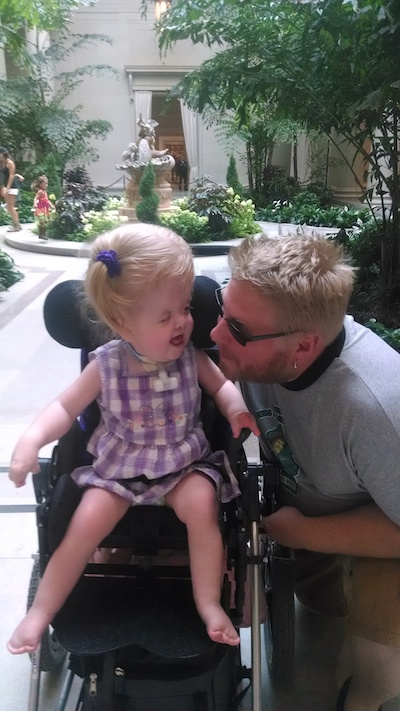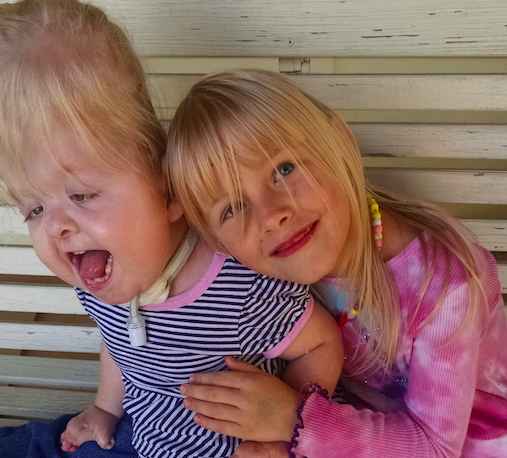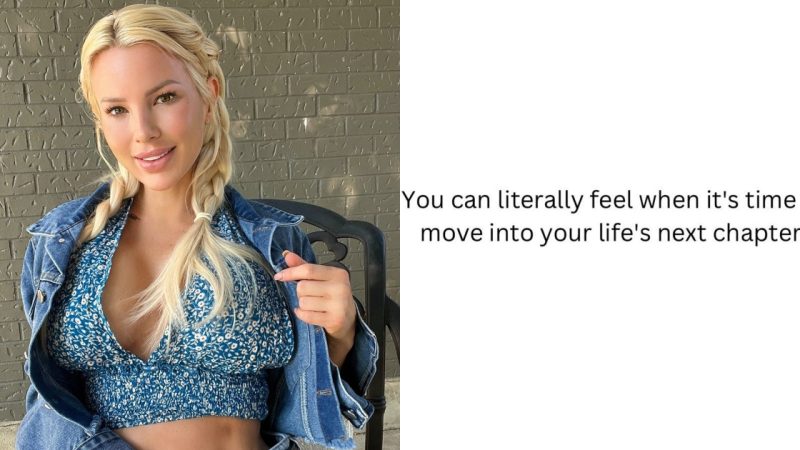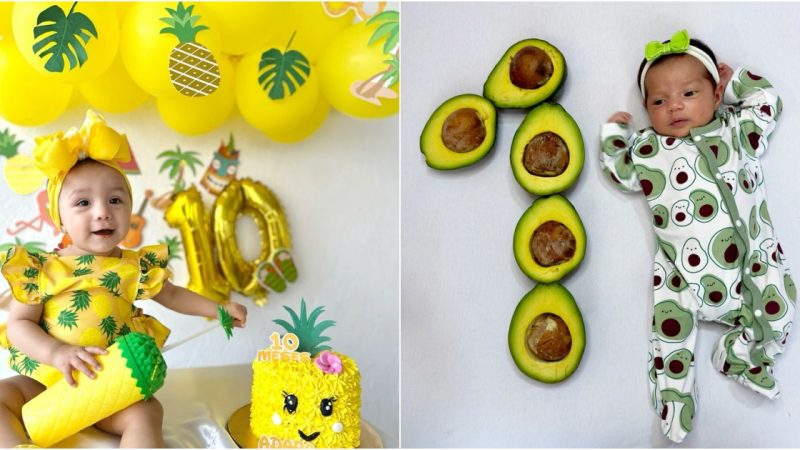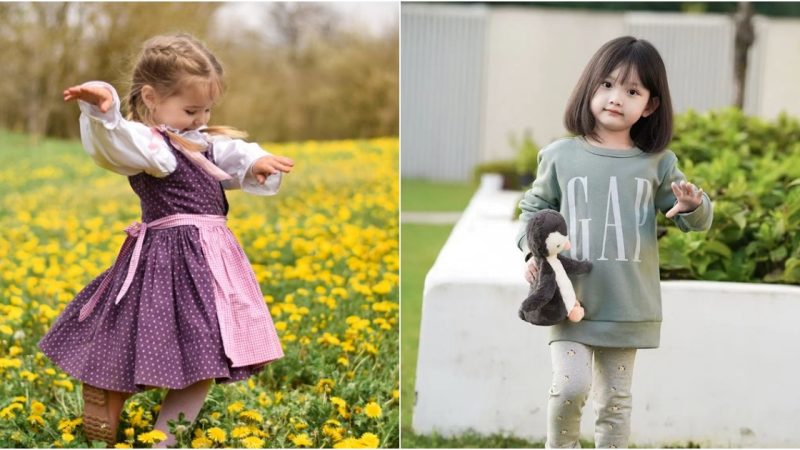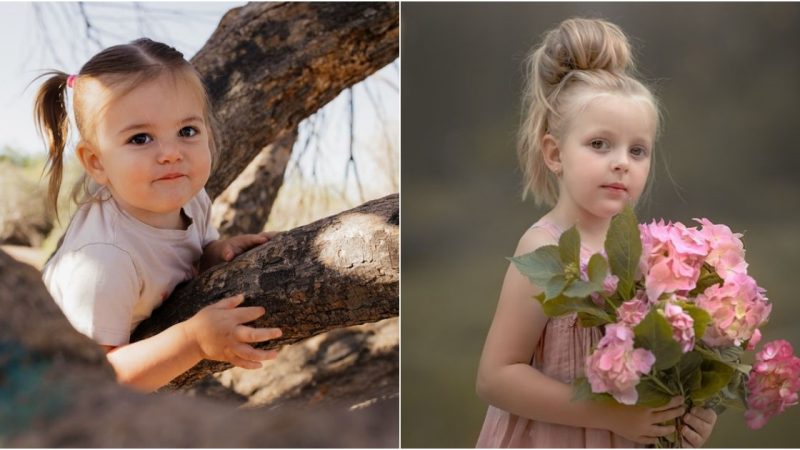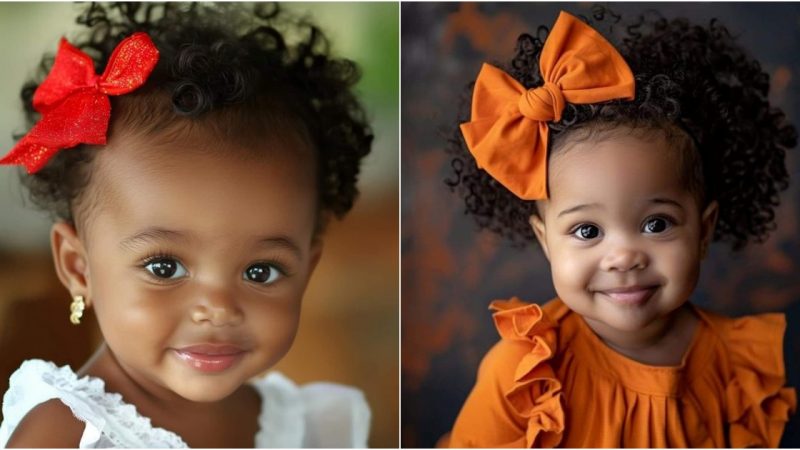Babies with Special Looks but Always Their Parents’ Greatest Love: A Plea for Understanding
In a world brimming with diversity, every child is a unique masterpiece, and their differences are what make them extraordinary. Yet, as parents of children with rare genetic conditions, we often find ourselves navigating a realm where understanding and acceptance can be elusive. I’d like to share a heartfelt perspective on this matter, drawn from personal experiences that challenge societal norms.
Two years ago, my life took an unexpected turn when my daughter was born with Apert syndrome, a rare genetic disorder. Her journey has been marked by surgeries, challenges, and the fortitude to overcome. Her head is larger than most, her fingers and toes initially fused together, and she requires a tracheotomy to breathe. This condition makes her stand out, but it does not define her.
As parents, we already navigate the intricate path of teaching our children about kindness and compassion. Yet, when we encounter stares and questions from other children, there’s an opportunity to shift perspectives and promote understanding. Staring may seem rude, but it’s often an innate curiosity—a genuine exploration of what’s different. To counteract the potential fear these reactions might evoke, we encourage parents to engage in open conversations rather than hushing their children away.
Imagine a scenario where your child’s curiosity is met with a smile, where the unknown is embraced with warmth. By shushing your child, you might intend to spare our feelings, but you inadvertently reinforce the notion that my daughter is an enigma—an “other.” By facing those questions head-on, we have the power to bridge the gap, teaching children that differences are not barriers but avenues to understanding.
Children categorize the world around them; they rely on us to guide them in creating these categories. When we evade their questions, we inadvertently label those who are different as “other.” To truly foster acceptance, we need to address these questions sincerely and demonstrate that differences don’t diminish the commonality of shared experiences.
Let’s focus on what binds us—the shared love for lollipops, laughter, favorite colors, and the joy of learning. My daughter, much like yours, is a vibrant individual with passions, quirks, and dreams. Instead of averting your gaze, I implore you to meet her eyes and share a smile. Through these small yet meaningful interactions, we can redefine the narrative and dissolve the boundaries between “us” and “other.”
I understand that this might be challenging. Fear of saying the wrong thing or offending can be paralyzing. But let’s choose to break free from that fear and embrace the beauty of diversity. Let’s teach our children to see beyond appearances, fostering connections that celebrate each child’s uniqueness. By doing so, we sculpt a world where my daughter—and countless others—can flourish as cherished individuals.
Hits: 1
